The world beneath the waves is a wonderland of beautiful and awe-inspiring sights. Famous reefs, in particular, are natural wonders that offer a breathtaking glimpse into the underwater world.
Famous reefs are not just popular diving spots but also serve as crucial ecosystems, home to a diverse range of marine species.
Contents
The colorful and vibrant coral formations, coupled with the schools of fish that swim among them, create a sight that is truly magnificent.
Famous reefs provide a unique opportunity to explore an underwater world full of life and beauty.
Coral reefs are known for their immense natural beauty, but they also play a significant role in maintaining the health of the ocean’s ecosystem.
These underwater wonders are home to an incredible variety of marine species, which are often unseen by most people.
Exploring a famous reef is a once-in-a-lifetime experience that allows individuals to witness the underwater biodiversity that exists in these unique ecosystems.
Key Takeaways
- Famous reefs are crucial ecosystems that offer a glimpse into the beauty of nature beneath the waves.
- Exploring a famous reef is a unique experience that allows individuals to witness the incredible underwater biodiversity.
- Coral reefs are home to a diverse range of marine species and also play a significant role in maintaining the health of the ocean’s ecosystem.
- Famous reefs are not just popular diving spots but also serve as natural wonders that provide a unique opportunity to explore an underwater world full of life and beauty.
- Preserving the health of famous reefs is crucial for the survival of marine species and the overall health of the ocean’s ecosystem.
Exploring Famous Reefs Worldwide
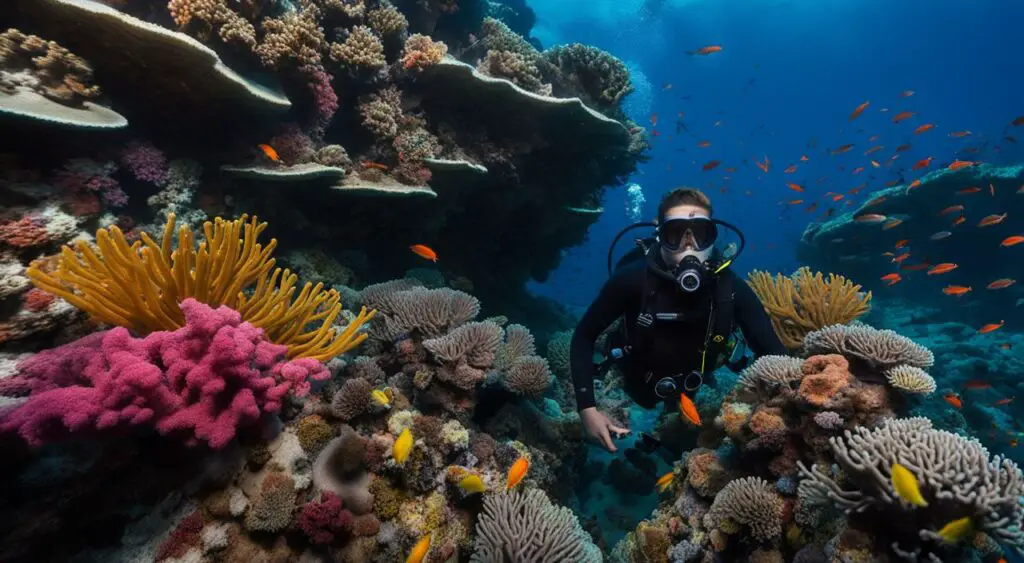
There are numerous famous reefs around the world that attract divers and snorkelers alike.
These natural wonders are not only visually stunning but also provide opportunities to witness diverse marine biodiversity up close.
Some of the top-rated diving spots and popular snorkeling locations that showcase famous reefs include:
- Great Barrier Reef, Australia
- Palancar Reef, Mexico
- Bloody Bay Wall, Cayman Islands
- Tubbataha Reef, Philippines
- Barracuda Point, Sipadan Island, Malaysia
- Shaab Rumi South, Sudan
These famous reefs are renowned for their crystal-clear waters, vast underwater landscapes, and vibrant marine life.
Divers can expect to encounter everything from colorful tropical fish to larger species such as sharks, manta rays, and even whales.
Each famous reef has its own unique characteristics, attracting divers and snorkelers from around the world.
Some of the top-rated scuba diving locations include:
- Blue Hole, Belize
- The Yongala, Australia
- Shark and Yolanda Reef, Egypt
- Richelieu Rock, Thailand
- Gordon Rocks, Ecuador
These top-rated scuba diving locations have been recommended by experienced divers due to their challenging nature and the opportunity to witness extraordinary marine life.
Exploring famous reefs is not just a recreational activity, but also an opportunity to witness the natural wonders of the world and appreciate the importance of reef conservation efforts.
Understanding Marine Ecosystems and Reef Conservation

Marine ecosystems form a complex web of interactions between the organisms that inhabit them and the physical environment.
Coral reefs are hotspots of biodiversity, supporting a wide range of marine life, including fish, sea turtles, sharks, and many more species.
However, human activities such as overfishing, pollution, and climate change have negatively impacted many coral reefs worldwide, threatening their survival.
Reef conservation aims to protect these valuable ecosystems and reduce the impact of human activities. Conservation efforts can take many forms, including creating marine protected areas.
Implementing sustainable fishing practices, reducing pollution, and monitoring and managing the health of coral reefs.
Effective conservation strategies rely on a strong scientific understanding of the marine ecosystem and the factors that impact coral reefs.
Marine conservation is critical not only for the survival of coral reefs, but also for the health of the entire planet.
Coral reefs provide habitat and nurseries for many fish species, and are important for maintaining the food chain in the ocean.
They also serve as natural barriers, protecting coastlines from storms and erosion.
Furthermore, coral reefs may have medicinal value, with compounds from some species showing promise in treating cancer and other diseases.
Despite their importance, many coral reefs around the world are in danger.
In the next section, we will discuss World Heritage Reefs and the efforts taken to protect them as global treasures.
World Heritage Reefs: Protecting Nature’s Masterpieces
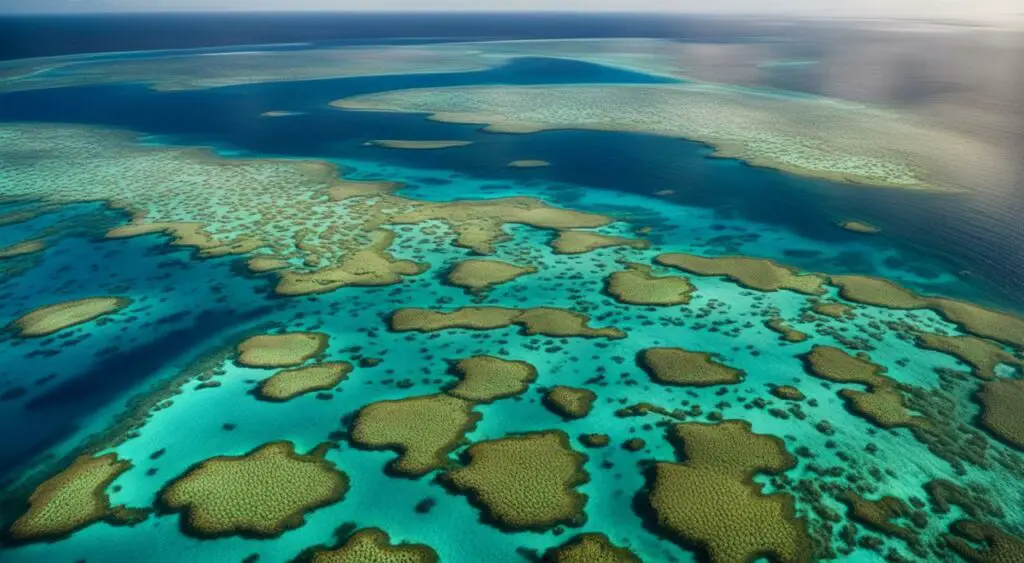
Famous reefs around the world have been recognized for their remarkable value and significance, and some have even been designated as World Heritage Sites by UNESCO.
These sites are of immense importance, both in terms of their ecological significance and their cultural significance.
The Great Barrier Reef, located off the coast of Australia, is one of the most well-known World Heritage Sites.
Spanning over 2,300 kilometers, it is the world’s largest coral reef system and contains an incredible diversity of marine life.
The reef is home to more than 1,500 species of fish, 600 species of coral, and many other marine creatures.
The Belize Barrier Reef is another World Heritage Site that has been recognized for its unique ecological value.
Located in Central America, this reef system is home to many rare and endangered species, including the West Indian manatee, the hawksbill turtle, and the American crocodile.
The Belize Barrier Reef is also an important economic resource for the region, providing food and livelihoods for local communities.
World Heritage Sites like the Great Barrier Reef and Belize Barrier Reef are critical to the health of our oceans and to the survival of many marine species.
They also serve as important cultural sites, providing a connection to our past and inspiring future generations to protect these natural wonders.
Famous Coral Reefs: Icons of Underwater Wonders

When it comes to famous coral reefs, there are several well-known reef systems that have become iconic for their unique formations and breathtaking beauty.
These popular coral reefs are celebrated for their vibrant colors, intricate structures, and diverse marine life.
One of the most well-known reef systems is the Great Barrier Reef located off the coast of Australia.
This massive coral system stretches over 2,300 kilometers and is home to over 1,500 species of fish, 600 different species of coral, and numerous other marine animals.
The Great Barrier Reef is not only the largest coral reef system in the world, but it is also one of the most iconic.
Another famous coral reef system is the Belize Barrier Reef, which is also a UNESCO World Heritage Site.
This popular coral reef destination is known for its unique formations, including the famous Great Blue Hole.
Which is a giant marine sinkhole that attracts divers from all over the world.
Other well-known reef systems include the Maldives, which is famous for its colorful and diverse marine life.
And the Raja Ampat Islands in Indonesia, which is considered one of the best diving spots in the world.
Iconic Coral Formations
Aside from entire reef systems, specific coral formations have also become famous for their unique shapes and sizes.
One such example is the Brain Coral, which gets its name from its brain-like appearance. These formations are often found in shallow waters and can grow up to 6 feet in diameter.
“The Great Barrier Reef is not only the largest coral reef system in the world, but it is also one of the most iconic.”
Staghorn Coral is another iconic formation that gets its name from its resemblance to deer antlers.
These formations are found in the Caribbean and are considered to be a vital part of the reef ecosystem.
Popular Coral Reefs
In addition to well-known reef systems and iconic coral formations, there are several popular coral reefs that attract visitors from all over the world.
One such example is the Red Sea Reef in Egypt, which is known for its crystal clear waters and diverse marine life.
The Ningaloo Reef in Western Australia is also a popular coral reef destination, especially for those interested in swimming with whale sharks.
This unique reef system is home to over 500 species of fish and is considered one of the best snorkeling locations in the world.
Well-Known Reef Systems
Overall, the world is home to several famous coral reef systems, each with their own unique charm and appeal.
These well-known reef systems attract millions of visitors every year, all eager to witness the natural wonders that lie beneath the waves.
Threats to Famous Reefs: Challenges in Conservation
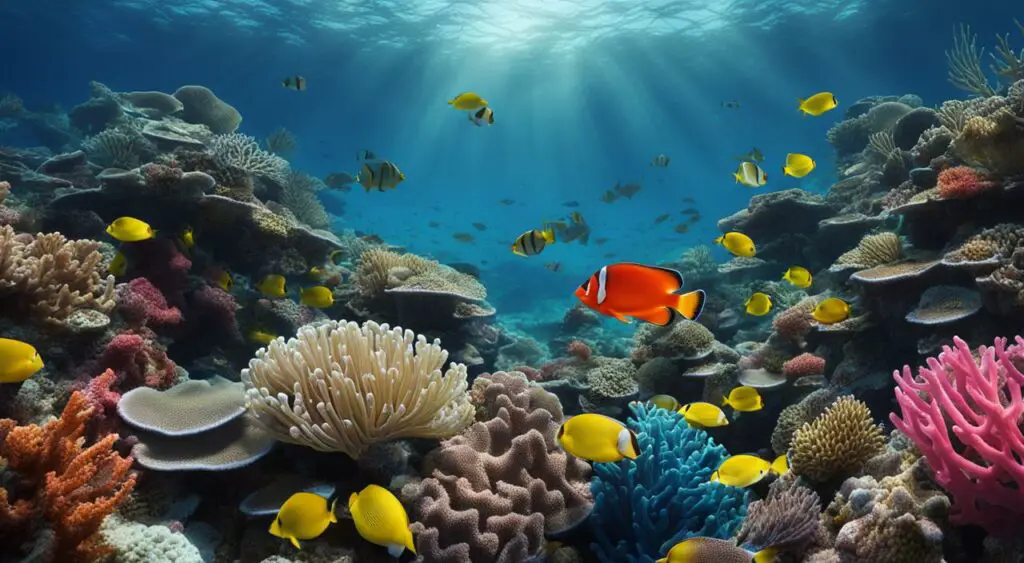
The world’s famous reefs are facing numerous challenges that threaten their health and existence.
Coral bleaching, overfishing, climate change, tourism, and water quality are among the major threats that require immediate attention and effective conservation strategies to mitigate their impacts.
Coral bleaching, caused by rising sea temperatures, is a significant threat to coral reefs worldwide.
The bleaching process causes coral to lose its colorful pigments and turn white, eventually leading to coral death.
If this continues, it can have a devastating effect on the entire ecosystem, disrupting food chains and decreasing biodiversity.
Overfishing is another threat to famous reefs, as it can disrupt the balance of the ecosystem by removing essential species.
It can also lead to the dominance of certain species, resulting in a lack of diversity and a reduction in the overall health of the reef system.
Climate change is also having a significant impact on famous reefs.
Increasing carbon dioxide levels in the atmosphere are causing ocean acidification, which makes it difficult for coral to build their skeletons and grow.
This process can weaken reefs, making them more susceptible to other threats such as bleaching and disease.
Tourism, while beneficial to local economies, can have negative impacts on famous reefs.
Overcrowding, litter, and excessive anchoring can damage the coral and harm the marine life that relies on it.
Water quality can also be affected by runoff from development and wastewater, which can contain harmful chemicals and pollutants.
“The loss of coral reefs because of us would be a global tragedy, but the insidiousness of the threat and the speed with which coral declines are occurring make it a difficult issue to tackle.”
The threats to famous reefs are serious and require immediate attention to mitigate their impacts.
Effective conservation strategies, including sustainable fishing practices, reducing carbon emissions.
And responsible tourism, are essential to preserving the health and biodiversity of these ecological hotspots.
Marine Biodiversity: A Symphony of Life
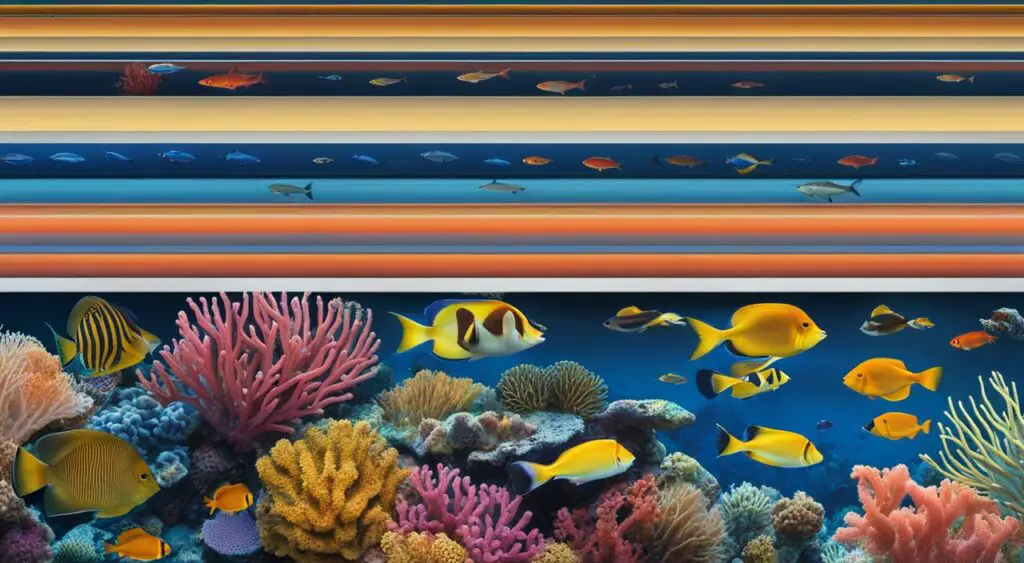
One of the most remarkable characteristics of famous reefs is their rich underwater biodiversity.
These aquatic ecosystems are home to a variety of marine species, from colorful reef fish to majestic sharks and giant manta rays.
Reef fish are among the most common inhabitants of famous reefs.
These fish come in a wide range of colors and sizes, and they play a vital role in the reef food chain, both as predators and prey.
Some of the most popular reef fish include the Clownfish, Angelfish, and Butterflyfish. Sharks are another prominent feature of famous reefs.
With their sharp teeth and stealthy movements, these majestic creatures inspire both fear and awe in divers.
Species commonly found in reef environments include the Blacktip Reef Shark, the Whitetip Reef Shark, and the Grey Reef Shark.
Despite their intimidating appearance, these sharks are not a threat to humans and typically avoid interaction.
Manta rays are also a popular attraction for divers visiting famous reefs.
With their massive wingspans and graceful movements, these gentle giants are a stunning sight to behold.
Visitors can often spot them gliding effortlessly through the water, filtering plankton as they go.
In addition to the sharks and manta rays, famous reefs also offer an opportunity to observe fascinating creatures such as turtles and whales.
Green sea turtles are a common sight in many reef systems.
While humpback whales are known to migrate through the waters around some reefs, putting on spectacular displays of breaching and tail slapping.
The incredible diversity of marine life found in famous reefs is a testament to the beauty and complexity of these underwater ecosystems.
It is a reminder that these habitats are not just important for their aesthetic value but also for the ecological roles they play in sustaining life both above and below the water’s surface.
“The coral reef is a prism of life. It supports more species per unit area than any other marine environment and rivals rainforests in their biodiversity. Coral reefs provide important ecosystem services to millions of people.” – World Wildlife Fund
Keystone Species and Symbiotic Relationships
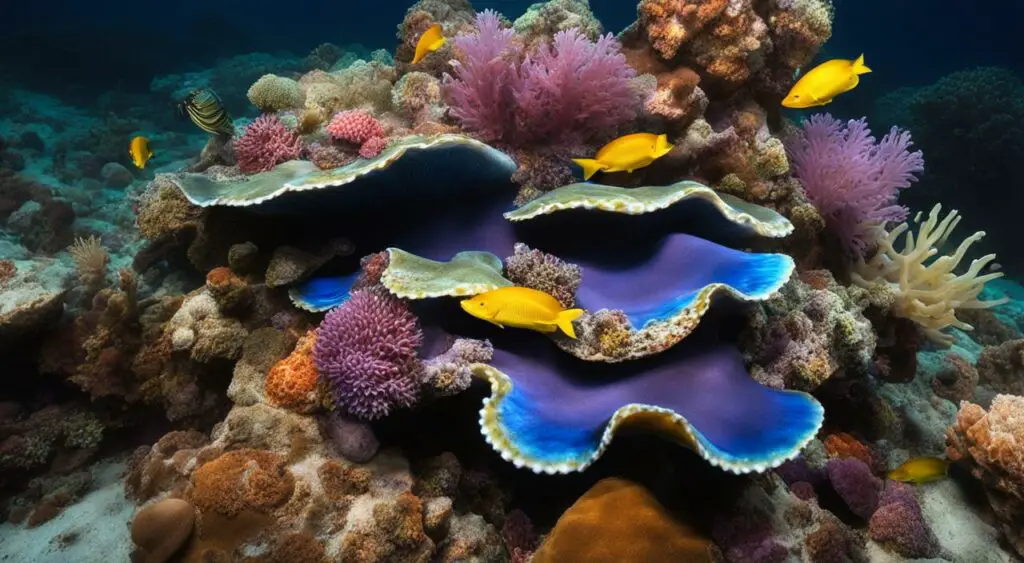
Keystone species play a vital role in maintaining the balance and biodiversity of famous reefs.
These species have a disproportionately large impact on the ecosystem, despite their relatively low abundance.
Removing keystone species can significantly alter the reef’s structure and reduce biodiversity, making it more susceptible to other stressors.
One famous example of a keystone species is the sea otter, which feeds on sea urchins that, if left unchecked, can overgraze kelp forests and reduce the diversity of the ecosystem.
Similarly, certain fish species, such as parrotfish, play crucial roles in controlling algae growth and preventing coral smothering.
Symbiotic relationships are also prevalent in famous reefs. Perhaps the most famous example is the Clownfish and Anemone relationship.
Where the Clownfish protects the Anemone from predators and the Anemone provides shelter and protection for the Clownfish.
| Species | Symbiotic Relationship |
|---|---|
| Giant Clams | Giant clams host photosynthetic algae, which provides them with food and oxygen. In return, the clams provide the algae with nutrients and a protected living environment. |
| Sea Anemones | Sea anemones host several species of clownfish, which live within their tentacles. The clownfish protect the anemone from predators and parasites, and the anemone provides shelter for the clownfish. |
| Corals | Corals host tiny polyps that form the backbone of the reef ecosystem. Algae within the polyps provide food and oxygen, and the polyps provide shelter and a stable structure for the algae. |
The intricate relationships between keystone species and their symbiotic partners highlight the delicate balance of famous reef ecosystems.
By preserving these relationships, we can help maintain the health and biodiversity of these incredible natural wonders.
The Value of Reefs: Beyond Beauty and Recreation
Famous reefs are not only stunningly beautiful and popular recreational locations but also have a significant impact on environmental protection and human well-being.
Here we will discuss the value of reefs in erosion control, storm protection, medicine, and subsistence fishing.
Erosion Control
Coral reefs play a vital role in reducing coastal erosion by acting as natural barriers against waves and currents.
They provide structure and stability to shorelines, protecting them from excessive erosion and safeguarding nearby communities from the negative effects of soil loss.
Reefs can also help rebuild eroded beaches by depositing sediments and facilitating the growth of sandbanks. (erosion control)
Storm Protection
The natural barrier provided by coral reefs also protects coastal communities from storms and hurricanes by reducing wave energy and buffering against surges.
Particularly during extreme weather events, the reduction of wave energy by reefs can reduce damage to homes, businesses, and infrastructure. (storm protection)
Medicines
Reefs contain a wealth of biodiversity, including a wide range of flora and fauna with medicinal properties.
Scientists have discovered compounds in coral extracts with the potential to treat cancer, arthritis, and other diseases.
Coral reefs also provide a source of local medicines for coastal communities, who have been using reef organisms to treat ailments for centuries. (medicines)
Subsistence Fishing
Coral reefs are a vital source of food and income for many coastal communities worldwide.
They provide habitat and breeding grounds for a diversity of fish and other marine species that support subsistence and commercial fishing.
Reef fisheries also provide job opportunities for many people, contributing to local economies and livelihoods. (subsistence fishing)
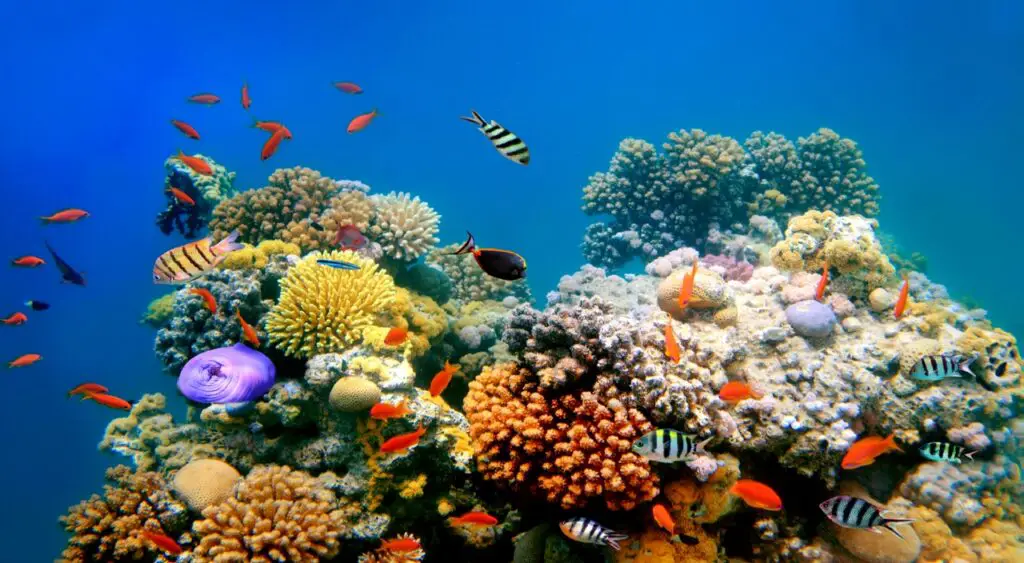
Conclusion
Famous reefs around the world are among nature’s greatest wonders, attracting visitors from all corners of the globe.
Among them, the famous reefs in Australia are some of the most renowned, showcasing stunning underwater biodiversity and unique coral formations.
From the Great Barrier Reef to Ningaloo Reef, Australia boasts some of the top-rated scuba diving and snorkeling locations in the world.
Despite their beauty, famous reefs face significant threats from coral bleaching, overfishing, and climate change.
The importance of reef conservation efforts cannot be overstated, and sustainable practices must be prioritized to guarantee the survival of these marine ecosystems.
Famous reefs are not only valuable for their recreational and aesthetic appeal but also for their ecological significance.
They provide erosion control, storm protection, and hold the potential for important medicinal discoveries.
Additionally, they are essential for subsistence fishing communities and the livelihoods they depend on.
As we conclude our discussion on famous reefs, it is important to emphasize the need for responsible tourism and conservation efforts.
By respecting these natural wonders and taking proactive measures to preserve them, we can ensure that famous reefs will continue to captivate and inspire people for generations to come.
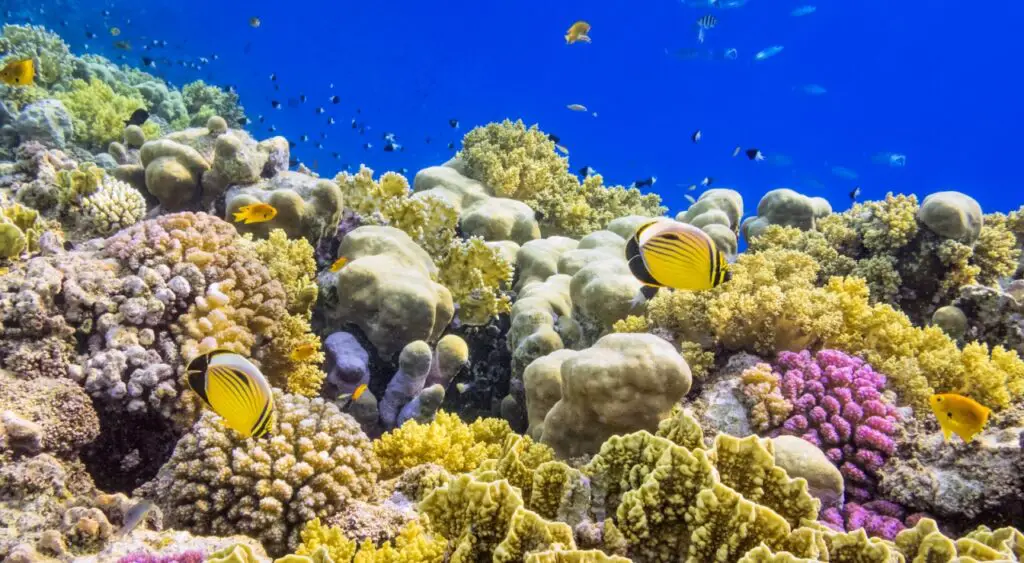
FAQ
1. What are famous reefs?
Famous reefs are coral reef systems that are well-known for their beauty, biodiversity, and popularity among divers and snorkelers.
2. Why are famous reefs significant?
Famous reefs are significant because they serve as natural wonders and diving destinations, offering a unique opportunity to witness stunning underwater biodiversity and explore intricate coral formations.
3. What are some popular diving spots in famous reefs?
Some popular diving spots in famous reefs include the Great Barrier Reef in Australia, the Belize Barrier Reef, and the Red Sea’s coral reefs.
4. Are famous reefs important for conservation?
Yes, famous reefs are crucial for conservation efforts as they house diverse marine ecosystems and provide habitat for numerous species. Protecting these reefs is vital for maintaining underwater biodiversity.
5. Which famous reefs have been designated as World Heritage Sites?
Examples of famous reefs designated as World Heritage Sites include the Great Barrier Reef in Australia and the Belize Barrier Reef.
6. What are some well-known famous coral reefs?
Well-known famous coral reefs include the Great Barrier Reef in Australia, the Maldives’ coral reefs, and the Palau Coral Reef in Micronesia.
7. What are the threats facing famous reefs?
Famous reefs face threats such as coral bleaching, overfishing, climate change, tourism impacts, and declining water quality.
8. What marine biodiversity can be found in famous reefs?
Famous reefs are home to a rich variety of marine life, including colorful reef fish, sharks, manta rays, turtles, and even whales in some cases.
9. What are keystone species and their role in famous reefs?
Keystone species are species that have a disproportionately large impact on the ecosystem. In famous reefs, they play a crucial role in maintaining biodiversity and balance. Examples include clownfish and giant clams.
10. What is the value of famous reefs beyond recreation?
Famous reefs provide value beyond their recreational opportunities. They offer erosion control, storm protection, potential medicinal discoveries, and support subsistence fishing communities.
- 5 Best Aquarium Lamp You Can Buy Now
- Aquarium 120 Liters | The Best Fish and Plant Options
- 10 Fascinating Facts About Aquarium Jellyfish You Didn’t Know
- Aquarium Aesthetic | The Art Of Aquarium Design
- Top 10 Aquarium Stand for Every Budget and Style
- 5 Compelling Reasons Why Fish Farming is Essential
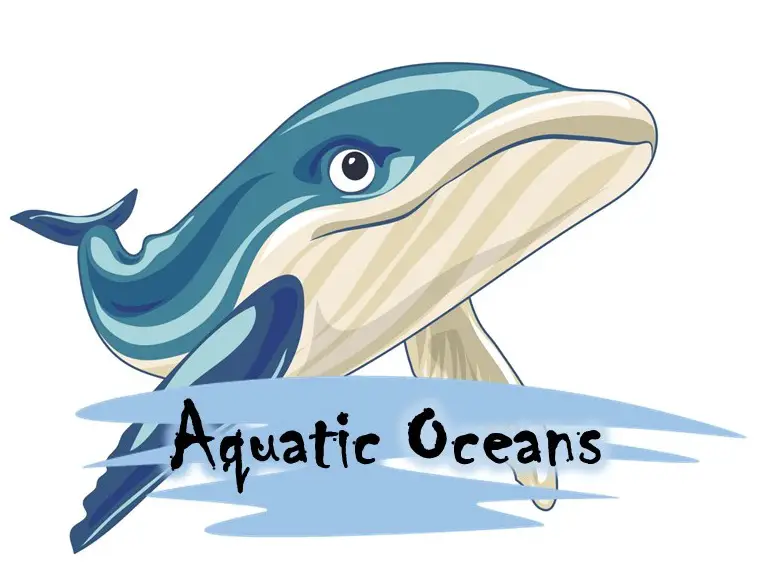
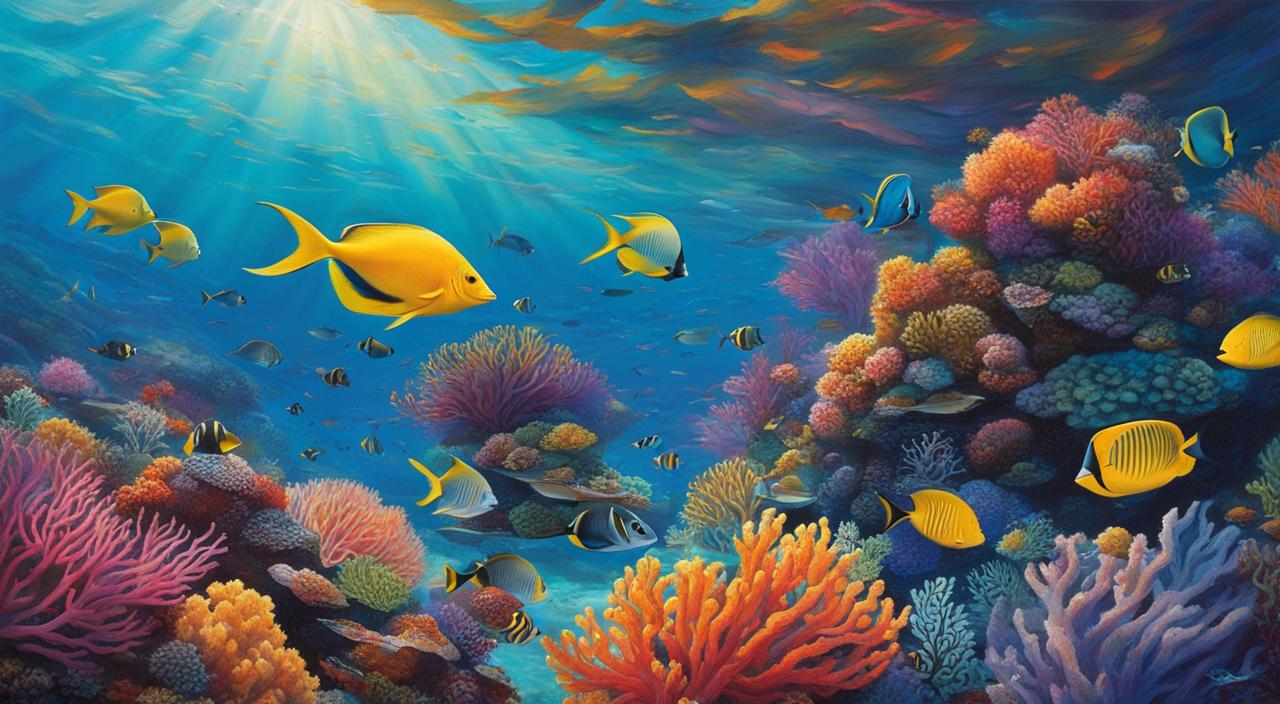
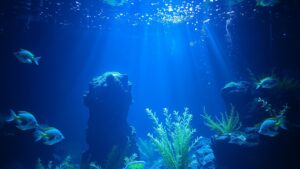

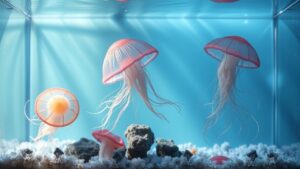






Leave a Reply